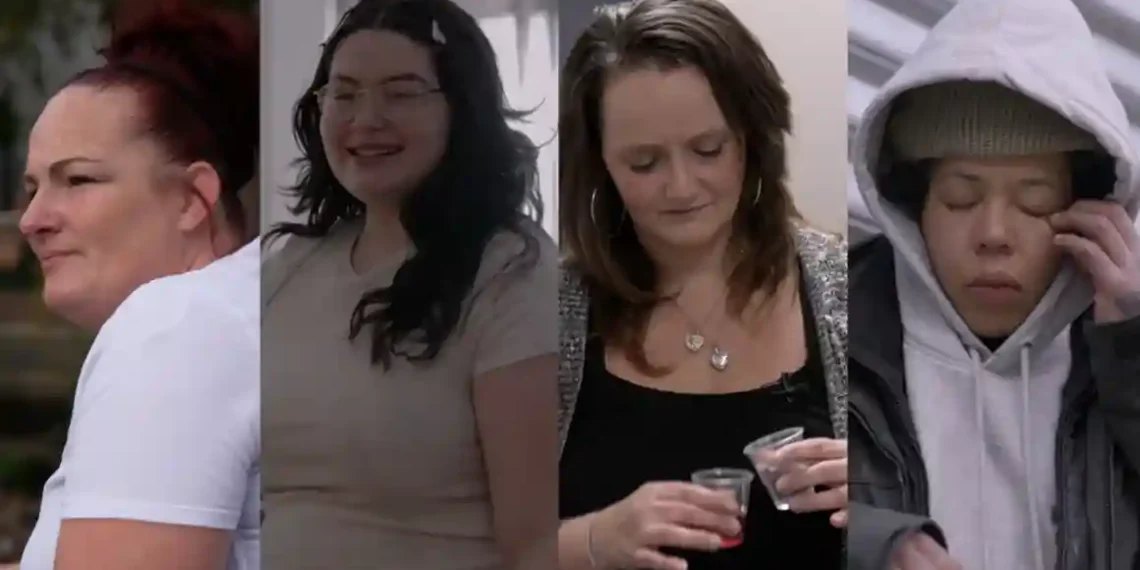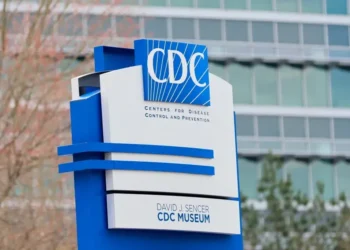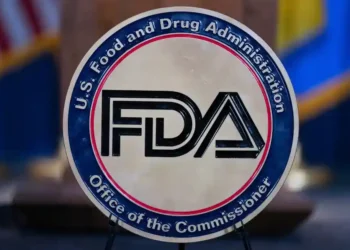A Way Out: Stories of Hope and Heartbreak in the Battle Against Fentanyl
The fight against fentanyl addiction is a journey marked by resilience, setbacks, and hard-fought victories. For four women, the path to recovery has been anything but linear. Their experiences reflect the broader crisis gripping America, where addiction touches millions of lives.
At 39, Crystal Quigley knows both triumph and turmoil. She was two years sober before relapsing on illicit fentanyl.
“I threw away all I had going for myself because I never felt worthy of my accomplishments,” she wrote in a heart-wrenching letter to CNN. “I didn’t know how to be comfortable sober.”
Her battle with addiction began over a decade ago with meth and heroin. When fentanyl flooded the streets, she tried to avoid it but ultimately succumbed.
“I’ve overdosed probably two dozen times,” she admitted, recalling how her mother once found her unconscious in the bathroom and called 911.
A mother of five, Quigley longs to rebuild relationships with her children, especially her two sons, who refuse to speak to her. When CNN met her during her sobriety, she credited buprenorphine, particularly the injectable form Sublocade, for making her “feel more normal than ever before.”
Experts highlight buprenorphine as an effective treatment for opioid addiction. However, some doctors, like Dr. Paul Updike of Catholic Health in Buffalo, warn that it may not be as effective for fentanyl users long-term.
“Because fentanyl is so potent, buprenorphine often isn’t enough to sustain recovery,” Updike explained.
Despite two years of sobriety, Quigley eventually relapsed—a painful reminder of addiction’s relentless grip.
Marisa Delles, 26, knows the weight of guilt. “What kind of person uses while pregnant?” she asked herself. But addiction is rarely simple.
Growing up, she watched her mother struggle with opioid addiction, which eventually led to a fatal fentanyl overdose in 2022. Not long after, Delles found herself battling the same demons.
Her addiction escalated to the point where withdrawal felt unbearable. “I would wake up shaking, sweating, just trying not to be sick,” she recalled.
Then, she became pregnant.
Quitting fentanyl cold turkey was not an option. “It’s actually more dangerous to stop using if you’re already pregnant,” said Dr. Lauren Davidson, a neonatologist in Buffalo. “The baby can die inside the womb.”
After struggling with Suboxone, which didn’t curb her cravings, Delles turned to methadone—a stronger medication that helped her stay clean. She gave birth to a healthy son, Luca, who required monitoring for mild withdrawal symptoms but ultimately thrived.
Three years later, Delles has successfully weaned off methadone despite her doctor’s concerns. “It saved my life, but now it’s time to heal my body and mind,” she said.
At 39, Jen Gauthier has spent over a decade battling opioid addiction. Her descent began with a car accident in 2006 that led to a prescription for hydrocodone. When access to painkillers tightened, heroin became her next refuge, followed by fentanyl.
“Fentanyl doesn’t last long,” she explained. “Within four hours, you’re sick again.”
Like Delles, Gauthier found herself pregnant while using. She turned to methadone, which she credits with stabilizing her life.
“The cravings never fully go away,” she admitted. “But I’ve accepted that whatever I have to do to stay sober for my son, I will do it.”
Unlike Delles, Gauthier has no plans to wean off methadone. “It’s like treating diabetes with insulin—it’s just part of my life now.”
At 29, Britiny Mapp faces a new kind of horror on the streets of Kensington, Pennsylvania—”tranq.”
Tranq, a mix of illicit fentanyl and animal sedatives, is causing widespread devastation. “It’s rotting people’s bodies,” Mapp said. “You get sores all over.”
Her addiction started in her teens with prescription opioids after a sports injury. College introduced her to heroin, which later turned into fentanyl and, ultimately, tranq.
While methadone helps with fentanyl withdrawal, it doesn’t treat the effects of tranq. “We don’t have a reversal drug for it like Narcan,” Mapp explained.
Five years into living on the streets, she is unsure how to escape. Friends and family still reach out on Facebook, pleading for her to come home. “I don’t check it because it gets me too emotional,” she admitted.
Still, she wants people to understand one thing: “We’re not bad people. No one gives up their kids, their homes, their jobs for no reason. Addiction is bigger than us.”
The fentanyl epidemic remains a national tragedy, but as these stories show, recovery is possible with the right support.
If you or someone you know needs help, call SAMHSA’s National Helpline at 1-800-662-HELP (4357).
This article was rewritten by JournosNews.com based on verified reporting from trusted sources. The content has been independently reviewed, fact-checked, and edited for accuracy, neutrality, tone, and global readability in accordance with Google News and AdSense standards.
All opinions, quotes, or statements from contributors, experts, or sourced organizations do not necessarily reflect the views of JournosNews.com. JournosNews.com maintains full editorial independence from any external funders, sponsors, or organizations.
Stay informed with JournosNews.com — your trusted source for verified global reporting and in-depth analysis. Follow us on Google News, BlueSky, and X for real-time updates.













